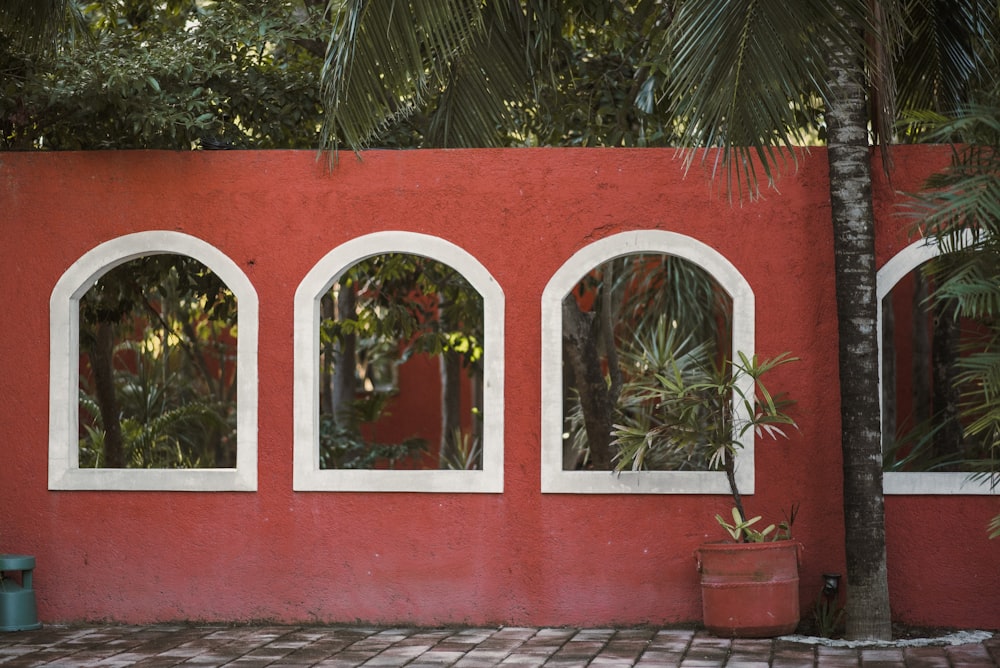
Elevate Your Space Design Your Living Room
Elevate Your Space: Design Your Living Room
Defining Your Vision
Designing your living room is an opportunity to create a space that reflects your personality and meets your needs. Before diving into furniture shopping and decor decisions, take some time to define your vision for the space. Consider how you use the room, your personal style preferences, and any specific features or functions you want to incorporate into the design.
Exploring Layout Options
The layout of your living room plays a significant role in its functionality and flow. Experiment with different furniture arrangements to find the layout that works best for your space and lifestyle. Consider factors such as traffic flow, focal points, and seating arrangements to create a comfortable and inviting environment for relaxing, entertaining, and spending time with loved ones.
Choosing the Right Furniture
Selecting furniture for your living room is one of the most important aspects of the design process. Choose pieces that are not only stylish but also comfortable and practical. Consider the scale and proportions of your space, as well as your lifestyle and preferences, when making your selections. Whether you prefer a cozy sectional sofa or a sleek set of armchairs, prioritize quality and durability to ensure your furniture stands the test of time.
Adding Personality with Decor
Once you have the furniture in place, it’s time to add personality and character to your living room with decor accessories. From throw pillows and rugs to artwork and decorative objects, decor accessories are the finishing touches that bring your design vision to life. Experiment with different colors, textures, and patterns to create a cohesive and visually appealing look that reflects your style and personality.
Enhancing Lighting
Lighting is an essential aspect of living room design that can greatly influence the ambiance and mood of the space. Incorporate a mix of ambient, task, and accent lighting to create layers of light that can be adjusted to suit different activities and occasions. Consider installing dimmer switches or smart lighting systems for added flexibility and control over your lighting scheme.
Creating a Focal Point
Every living room should have a focal point that draws the eye and anchors the space. Whether it’s a fireplace, a large piece of artwork, or a statement piece of furniture, choose a focal point that reflects your style and adds visual interest to the room. Arrange furniture and decor accessories around the focal point to create a cohesive and harmonious design scheme that feels balanced and inviting.
Incorporating Personal Touches
Make your living room feel like home by incorporating personal touches and meaningful elements into the design. Display family photos, heirlooms, and mementos that tell your story and evoke happy memories. Choose decor accessories that reflect your interests and hobbies, whether it’s travel souvenirs, books, or collectibles. By infusing your living room with personal touches, you can create a space that feels warm, welcoming, and uniquely yours.
Seeking Inspiration
If you’re feeling stuck or unsure where to start, don’t hesitate to seek inspiration







